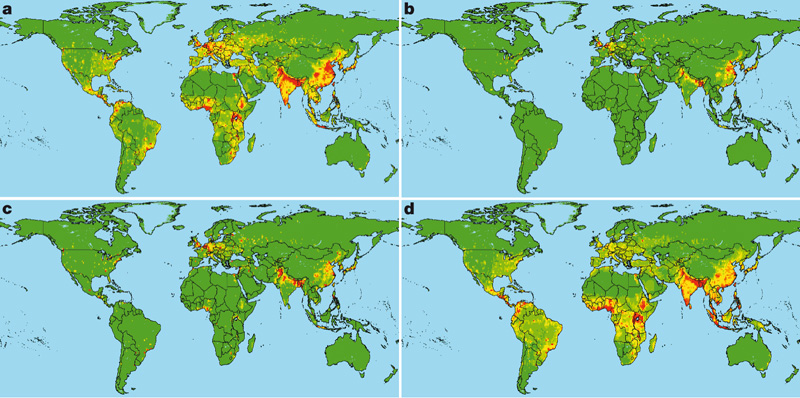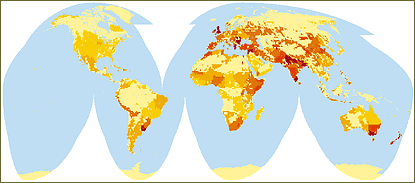 We got tagged, awarded, rewarded, etc. with this E for Excellent blog-meme thing, for which thanks to Ian over at Further Thoughts. Not having seen this particular disease in the wild, as it were, we tried to track it back to the index case, a singular failure. Six steps back, at Another Tangential Thinker, the trail just snaps to a close. CS, whoever he or she might be, may as well never have existed. And at some point in its history, the meme doubled its virulence, demanding 10 new victims per infection. Given that there are two of us, we decided five each would satisfy the beast (plus one from both of us), and give you lot something to think about.
We got tagged, awarded, rewarded, etc. with this E for Excellent blog-meme thing, for which thanks to Ian over at Further Thoughts. Not having seen this particular disease in the wild, as it were, we tried to track it back to the index case, a singular failure. Six steps back, at Another Tangential Thinker, the trail just snaps to a close. CS, whoever he or she might be, may as well never have existed. And at some point in its history, the meme doubled its virulence, demanding 10 new victims per infection. Given that there are two of us, we decided five each would satisfy the beast (plus one from both of us), and give you lot something to think about.
Here they are; now, who done what? Tell us in the comments.
- Fimoculous Because he had it exactly right about Paris Hilton.
- The Loom Because it’s not just what you say, it’s how you say it.
- This Week in Evolution Because it is never less than thought-provoking.
- Daughter of the Soil Because she reminds me of me at an earlier stage.
- Strange Maps Because he knows that it’s location, location, location…
- Communicatrix Because she writes like a dream and thinks even better.
- John Hawks Weblog Because the proper study of mankind is man.
- Human Flower Project Because no matter how irrelevant, it is always relevant.
- Ecosystems and Poverty Because everybody has to be somewhere.
- Gene Expression Because it forces me to remember my math.
- Language Log Because it’s no fun being a linguistic martyr.
We note, in passing, that a lot of people just infected their entire blogroll. That seems pretty miserable. We note further that each of us could probably have chosen a different five without it making a huge amount of difference. We note finally that some of those blogs need no help from us to gain readers, but they’re all equally excellent.

